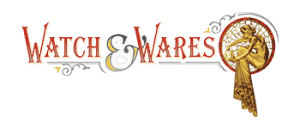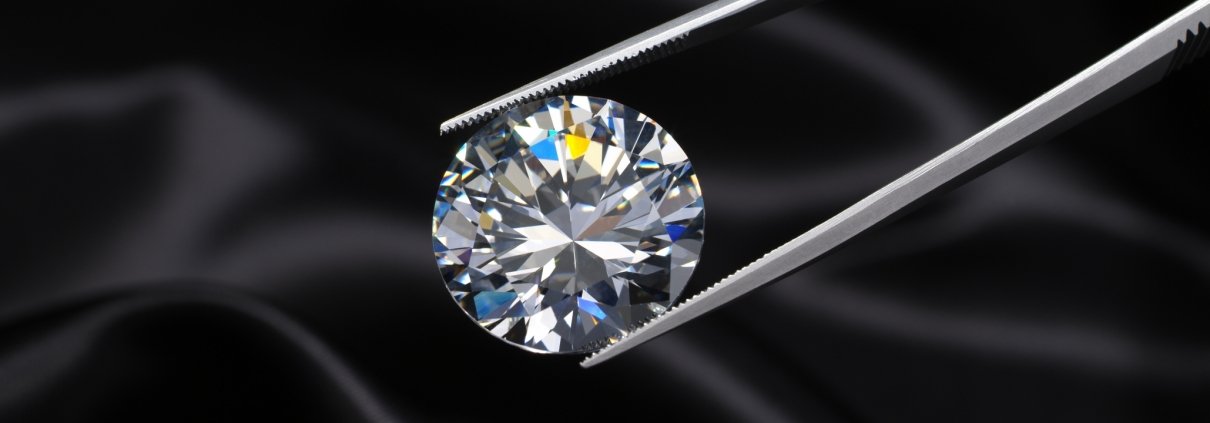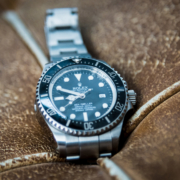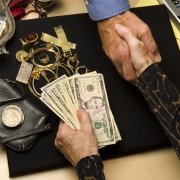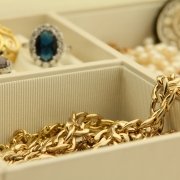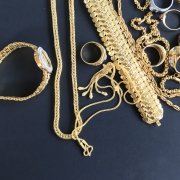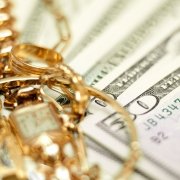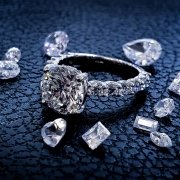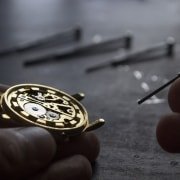Understanding the Six C’s of Diamond Buying
Diamonds are one of the most sought-after materials in the world. As their value continues to rise, more and more people are choosing to buy and sell their fine diamond jewelry to get in on the action. But, how do you know what your diamond is really worth? Whether you’re buying diamond jewelry as a gift or seeking a collateral diamond loan for cash, understanding the six C’s of diamond buying will help you make sure you’re getting the fairest value possible.
1. Cut
The cut of the diamond refers to its shape. More specifically, it refers to the way that the stone reflects the light. Examples of common cuts are round, oval, princess, and pear. The cut plays a part in determining the value of the stone because some cuts are rarer and more desirable than others. The most popular cut is the round brilliant since its 360-degree symmetry maximizes light refraction and offers unparalleled sparkle.
2. Color
Another factor in a diamond’s value is its color — or lack thereof. The less color that a diamond has, the more valuable it is. The GIA grading scale from D to G evaluates the amount of color that a diamond possesses, with D representing colorless diamonds and G representing yellow, brown, and other uniquely colored diamonds. Color is the second biggest determination of a stone’s value, after its cut.
3. Clarity
The clarity of a diamond refers to the diamond’s lack of imperfections or inclusions. Inclusions are created when crystals fall into the stone while it’s being formed, affecting the structure of the diamond. The fewer imperfections or inclusions a diamond has, the more valuable it is. Diamond clarity is graded on a 6-point scale ranging from Flawless (FL) to Included (I).
4. Carat
One of the most common terms associated with diamonds is the carat. This refers to the weight of the diamond (and often, as a result, the size of the diamond). The more a diamond weighs, the more expensive it is. When added to all the other ‘C’ factors, carat is an important part of determining a stone’s approximate value.
5. Certificate
This less-common ‘C’ refers to a GIA Certificate. This is the most recognized and respected diamond grading certificate in the jewelry industry, and it’s a necessary part of any jewelry purchase. Before you buy or sell diamond jewelry, make sure it’s graded by a GIA gemologist and obtain a certificate that verifies the quality and value of your diamond. If your jeweler won’t provide you with a certificate before you purchase, find another diamond seller that will.
6. Collateral Loan
When purchasing diamond jewelry, it’s wise to think past its cut and color and also consider how it can work for you for years to come. If you’re ever in need of fast cash — whether for medical bills, rent, or just some extra spending money — you can commoditize your diamond jewelry and use it for a collateral loan.
At Watch & Wares, we provide collateral loans on diamonds, offering some of the highest loan values in the Orange County area. Our expert appraisers will use the traditional 4 C’s to appraise the value of your piece, and a GIA certificate could help further increase the loan value you receive. If you are looking for the best place to sell jewelry in Orange County or have your diamond jewelry appraised, give us a call at (714) 633-2030 or stop by at one of our locations today.
